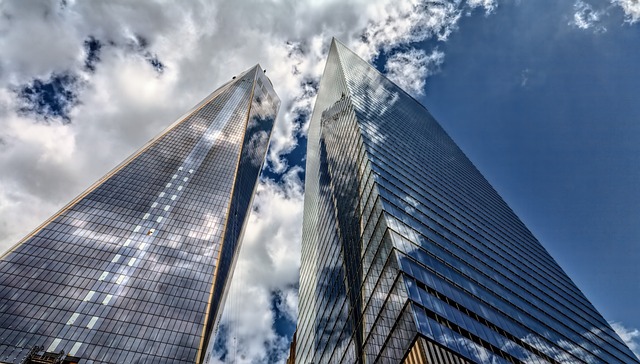What is 1% earners in London?
London, the vibrant capital of the United Kingdom, is known for its bustling streets, iconic landmarks, and diverse population. It is also home to a significant number of high-income earners, commonly referred to as the “1% earners.” In this article, we will explore who these individuals are, how they contribute to the city’s economy, and the impact they have on society.
Understanding the 1% earners
The term “1% earners” refers to the top 1% of income earners in a given area. In the context of London, it represents those individuals who earn the highest incomes in the city. These individuals typically have a substantial amount of wealth and enjoy a luxurious lifestyle.
Income threshold
While the exact income threshold to be considered a 1% earner in London may vary, it generally includes individuals who earn an annual income of around £300,000 or more. This income level places them well above the average income of the majority of Londoners.
Sources of income
The sources of income for 1% earners in London are diverse. They may include high-level executives, successful entrepreneurs, top-tier professionals such as doctors and lawyers, and individuals with significant investments and assets. Many of them also benefit from lucrative bonuses, stock options, and other financial incentives.
The impact of 1% earners on London
The presence of 1% earners in London has both positive and negative implications for the city and its residents. Let’s explore some of the key aspects:
Economic contribution
1% earners play a crucial role in driving the economy of London. Their high incomes result in increased spending on luxury goods, fine dining, and exclusive services, which in turn supports various industries and businesses. They also contribute significantly to tax revenues, helping fund public services and infrastructure development.
Income inequality
However, the concentration of wealth among the 1% earners also exacerbates income inequality in London. The stark contrast between their opulent lifestyles and the struggles faced by many lower-income individuals can lead to social tensions and a sense of unfairness.
Housing market
The presence of 1% earners has a significant impact on the housing market in London. Their ability to afford high-priced properties drives up housing prices, making it more challenging for middle and lower-income individuals to find affordable housing. This issue has led to debates about gentrification and the need for affordable housing initiatives.
The lifestyle of 1% earners
Living as a 1% earner in London comes with a unique set of privileges and opportunities. Let’s take a closer look at their lifestyle:
Luxury residences
1% earners often reside in exclusive neighborhoods and luxury residences, such as penthouses, mansions, and upscale apartments. These properties offer breathtaking views, state-of-the-art amenities, and a high level of security.
Fine dining and entertainment
They have access to a wide range of fine dining establishments, trendy bars, and exclusive clubs. These venues cater to their discerning tastes and provide a luxurious social environment.
Travel and leisure
1% earners frequently indulge in luxury travel experiences, whether it’s jet-setting to exotic destinations or enjoying lavish vacations in five-star resorts. They have the means to explore the world and experience the finest accommodations and services.
The social responsibility of 1% earners
With great wealth comes great responsibility. Many 1% earners in London recognize their privileged position and actively engage in philanthropy and social initiatives. They contribute to charitable causes, support arts and culture, and invest in projects that aim to address social issues and improve the lives of others.
Philanthropy
1% earners often donate significant amounts of money to charitable organizations and foundations. Their contributions help fund research, support vulnerable communities, and drive positive change in society.
Corporate social responsibility
Many 1% earners are involved in businesses that prioritize corporate social responsibility. They implement sustainable practices, support local communities, and strive to make a positive impact on the environment.
Conclusion
The presence of 1% earners in London reflects the city’s economic prosperity and global significance. While they contribute to the economy and engage in philanthropy, their concentration of wealth also highlights the issue of income inequality. It is essential for society to address this disparity and strive for a more equitable distribution of wealth, ensuring that everyone can benefit from the opportunities London has to offer.










